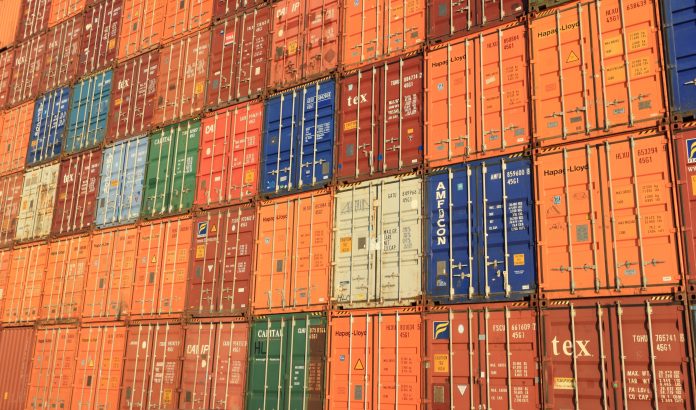Based on a publication from Tom Ryan in RetailWire, Has ‘just-in-case’ replaced ‘just-in-time’ inventory management?
¿El «por si acaso» ha reemplazado al «justo a tiempo» en la gestión de inventario?
The biggest internal roadblock to a more effective supply chain is the use of supply chain metrics that are too focused on efficiency at the expense of flexibility, according to recent research.
The finding from a retail survey from Blue Yonder and Retail Systems Research (RSR) speaks to pandemic-related supply chain disruptions, which have exposed the shortcomings of “just-in-time” models focused on lean inventory management.
“What companies love to do is to optimize working capital. So many manufacturers went to just-in-time inventory, and, pre-pandemic, that worked pretty well,” said Carol Tomé, CEO of UPS, at a recent industry event, according to the Financial Times. “But when the pandemic hit and everything was shut down, including manufacturing, and then the economy started to open and the demand … jumped, well, that just-in-time inventory didn’t work anymore. Companies are now thinking about, I need ‘just in case’ inventory.”
Speaking recently at the SFIA (Sports & Fitness Industry Association) Trends & Insights conference, Jason Kra, president at Li & Fung, said “just-in-time” drives efficiencies but reduces diversification.
“That tightness really came back to haunt some of our clients,” said Mr. Kra, “because you had all your eggs in one basket and the world went from just-in-time to this inability to get stuff for a multitude of reasons.”
The supply chain crisis, according to Mr. Kra, highlights the importance of assuring redundancies, such as holding extra inventory, not overly relying on short-term, flexible contracts, and having alternative supply sources, to add agility as a “just in case” buffer.
Other lessons include the need for “dependable supply” as well as strong visibility that will also help when over-supply and scarce warehouse space inevitably becomes a problem. He said, “When things go sideways, having access to raw data at different levels is really critical to be able to manage and make good decisions.”
Regardless, a Wall Street Journal article from November indicated that many companies expect to return to pre-COVID inventory levels once trading conditions normalize because holding buffer inventories ties up capital and requires warehouse space, oversight and insurance. Keeping stocks to a minimum level also helps reduce fashion risk and manage items with a sell-by date.
This article was originally published in RetailWire









